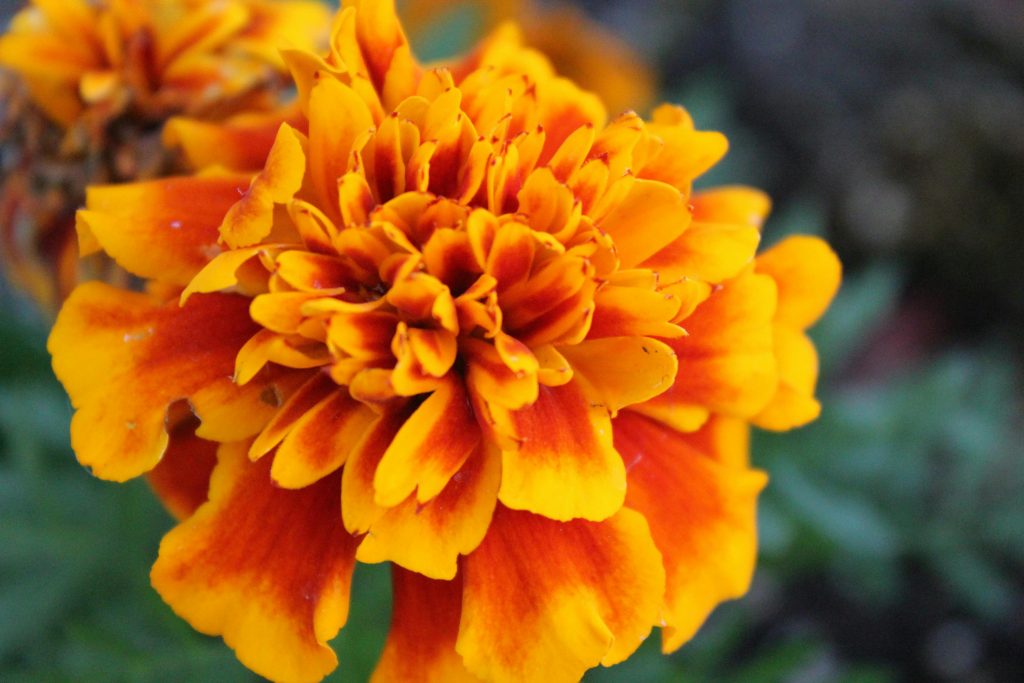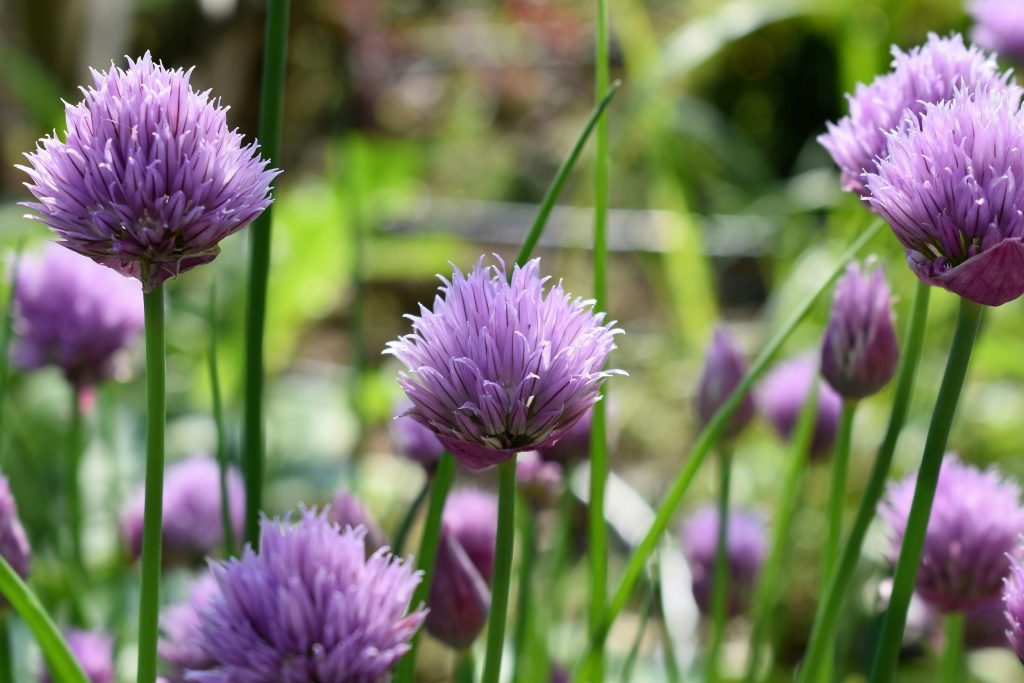Drenched in vibrant colours and featuring fascinating flavours, edible flowers not only add a unique aesthetic appeal to dishes, but also have a range of tastes and textures to try. And when you grow them in your own backyard, you can make use of these wonderful blooms in your dishes year-round by simply stepping outdoors.
Viola
Violas are container garden staples and scream spring with their colourful petals. From soft pastels to deep hues, violas are a quick and easy way to add a pop of colour in the kitchen. Thriving in cool weather and often grown as winter annuals, violas prefer moist and well-drained soil, basking in full or partial sunlight. They are ideal plants for cascading hanging baskets or low borders, depending on the size of your garden. Once in bloom, the petals can be frozen in ice cubes, or gently tossed into salads to add an intriguing peppery flavour.
Lavender

Lavender is known around the world for its fragrance, but it can also be useful in the kitchen when growing edible Lavandula angustifolia (English lavender). Originating from the Mediterranean, this perennial is wonderfully drought-resistant and thrives in full sun and well-draining, gritty soil. The flowers, harvested just as they begin to bloom, deliver an intense flavour profile that is best used in moderation. The floral flavours with a hint of rosemary (a lavender relative) make it a perfect ingredient for infusing sugar or honey. For a more robust flavour, try making lavender the centre of your desserts – from cookies to pastel purple cheesecake.
Nasturtium
If you aren’t already growing nasturtium in your garden, now is the time to start. This tough plant can grow almost anywhere and produces vibrant peppery flowers in a range of warm tones. Unfussy and easy to cultivate, they love full sunlight and somewhat sandy soil. You may need to control their growth by restricting them to containers or regularly trimming, as these plants are known to take over beds when left unchecked. The buds make cost-effective alternative to capers when pickled. The whole flowers can also be stuffed with a savoury filling and eaten along with the peppery leaves.
Marigold

Marigolds (from the Tagetes genus) are sunny plants that produce masses of typically orange blooms in summer, adding a bright, citrusy note to the garden and to your plate. Like the other edibles on this list, marigolds should be planted in well-draining soil in a sunny spot to get the most flowers possible. The glowing petals are an ideal choice for garnishing, providing a punch of colour to salads, or steeped in hot water to prepare a soothing marigold tea.
Hibiscus
The wonderful tropical beauty of hibiscus stands out amongst other edible flowers, with magnificent blooms and an impressive blooming period under the right conditions. These shrubs can be planted in full sun or partial shade, although they will produce more flowers in high-light conditions. Make sure to give them plenty of water while they are establishing to develop a strong root system. Hibiscus can get quite large, so it’s best to provide a wind-sheltered spot to avoid damage to the delicate flowers. Dried hibiscus flowers brew a tangy tea and make a vibrant natural colouring agent for baking.
Chive Blossoms

Chives are typically grown for the flavourful leaves, but their adorable purple pom-pom flowers are just as useful in the kitchen. These blooms have a mild onion flavour that is perfect in savoury dishes. Full sun and rich soil will help deliver plenty of these cute flowers for harvesting. Sprinkle on salads, infuse them in vinegar to get a beautiful purple hue, or batter and fry them for a quick and delicious snack.
Flowers you should never eat
The realm of edible flowers can be beautiful, but also dangerous if you’re not sure what you’re dealing with. Not all flowers are safe for consumption, including common garden flowers like foxgloves, azaleas, and lilies, which are toxic if ingested (by both humans and pets). And even if the flowers of some plants are edible, the leaves and stems may not be. Make sure you research your specific plants thoroughly before they find their way from your garden to your kitchen.
Unique ways to use edible flowers
Flower Butter
Beat some edible flowers into softened butter for a colourful spread that pairs well with fresh bread.
Flower Syrups
Steep flowers like hibiscus or rose in a simple syrup and use the infusion to add a floral note to cocktails or desserts.
Candied Flowers
Candied flowers can be used to decorate cakes with a sweet twist, rather than using them fresh.
Floral Salts
Dry and crush edible flowers and mix them with coarse sea salt. These floral salts add a beautiful pop of colour and ideal contrast in flavours.
ALSO SEE: Mini Doughnuts with Berry Glaze and Edible Flowers
Written by Madison Moulton for Food&Home Spring 2023 issue.
Feature image: Pexels

